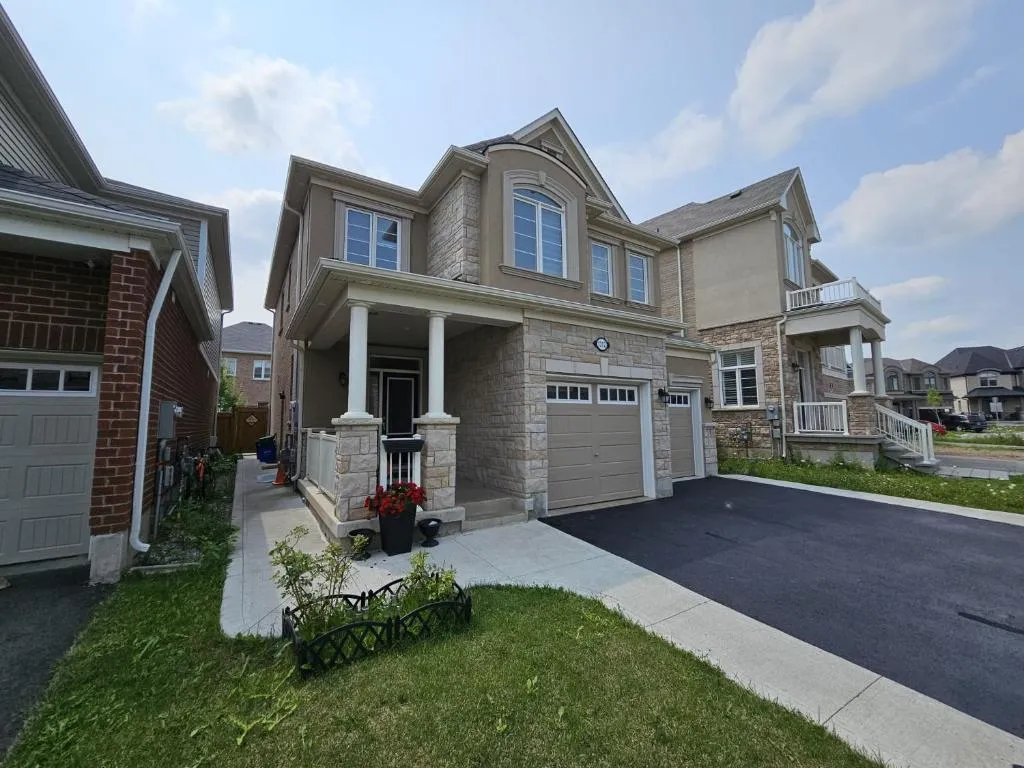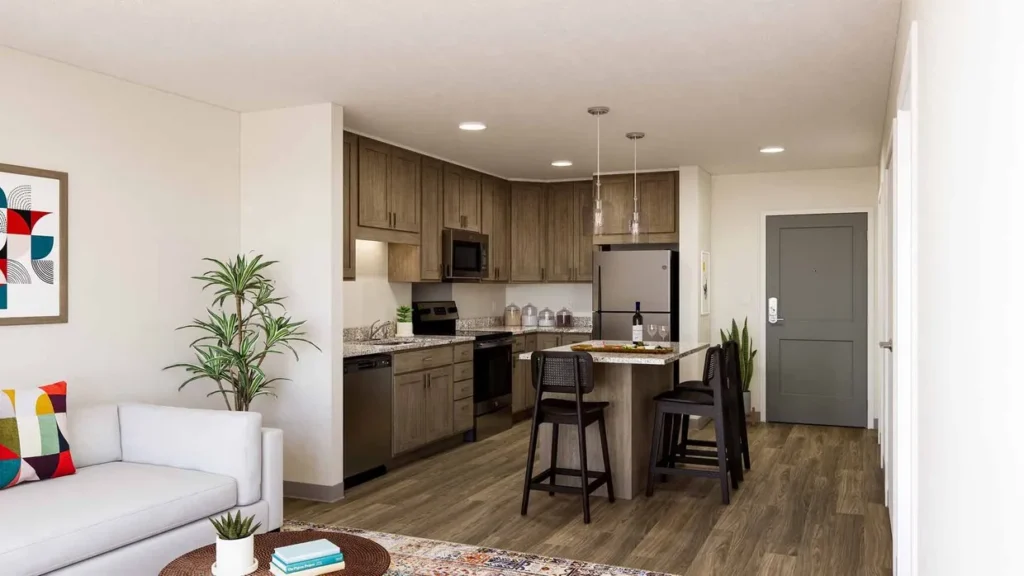The legal right to occupy the vertical air space above a piece of real land is known as air rights. This includes any vacant area above a property, such as a section of airspace over a property, power lines, or the top levels of a high-rise structure.

Commercial and residential real estate situated in metropolitan regions, such as Manhattan and Brooklyn in New York City, where there is a shortage of ground space and developers erect vertical buildings like skyscrapers to maximize buildable space, often gives rise to air rights issues. To raise a place’s property worth, developers may purchase air space with or without purchasing the ground-level structure.
How Do Real Estate Air Rights Operate?
Purchasing residential or commercial real estate also grants the buyer the freedom to utilize the air rights above the land’s square footage as they see fit. As long as the height of the structure conforms with the zoning regulations and construction standards of the specific zoning district, the property owner is generally free to utilize the airspace of a building as they see appropriate.
Any existing building or new construction cannot intrude on an adjacent piece of land that you do not hold the rights to. Any unused development property’s space above it may be sold to another property owner using Transferable Development Rights (TDRs).
The Federal Aviation Administration (FAA) regulates navigable airspace, which is typically at least 1,000 feet above the tallest obstruction in crowded locations. Air rights do not extend into this region.
How to Protect Your Air Rights
A property’s air rights may be secured in one of two methods, which are as follows:
1. Buying the property
A developer may acquire a building, demolish it, and construct a new structure that makes the most of the available air space if they want to construct a 72-story skyscraper where a 2-story building now sits.
2. Transferable Development Rights
By purchasing the air space above an existing building from the current owner, a developer can obtain Transferable Development Rights to the area. This is done if the developer wants to build out horizontally from an adjacent building or to maintain a view.
Additional Uses for Air Rights
Air rights are not limited to privately held property. Here are a few instances of more expansive, often public air rights and their regulations.
Air transport
During the 20th century, easements were implemented to make it easier to access airspace for flight, taking precedence over pre-existing property rights. The Federal Aviation Administration (FAA) now oversees navigable airspace, which normally starts 1,000 feet above the highest ground-level obstruction.
Roads
Particularly in urban areas, the airspace over roadways might be useful. For instance, private real estate developers purchased the air rights above a portion of Boston’s Massachusetts Turnpike from the Massachusetts Department of Transportation in 2017. The developers want to construct a residential and commercial complex there.
Railroads
By purchasing the air rights to construct platforms above their railroads, railroad firms may lay the groundwork for construction projects such as stadiums, train stations, and high-rises.







